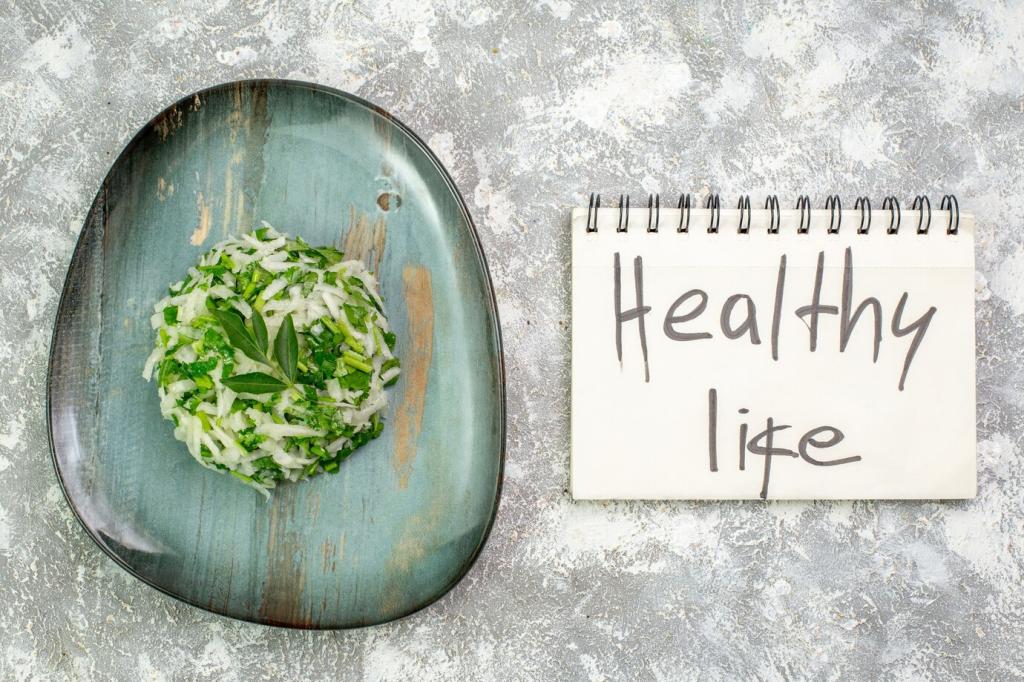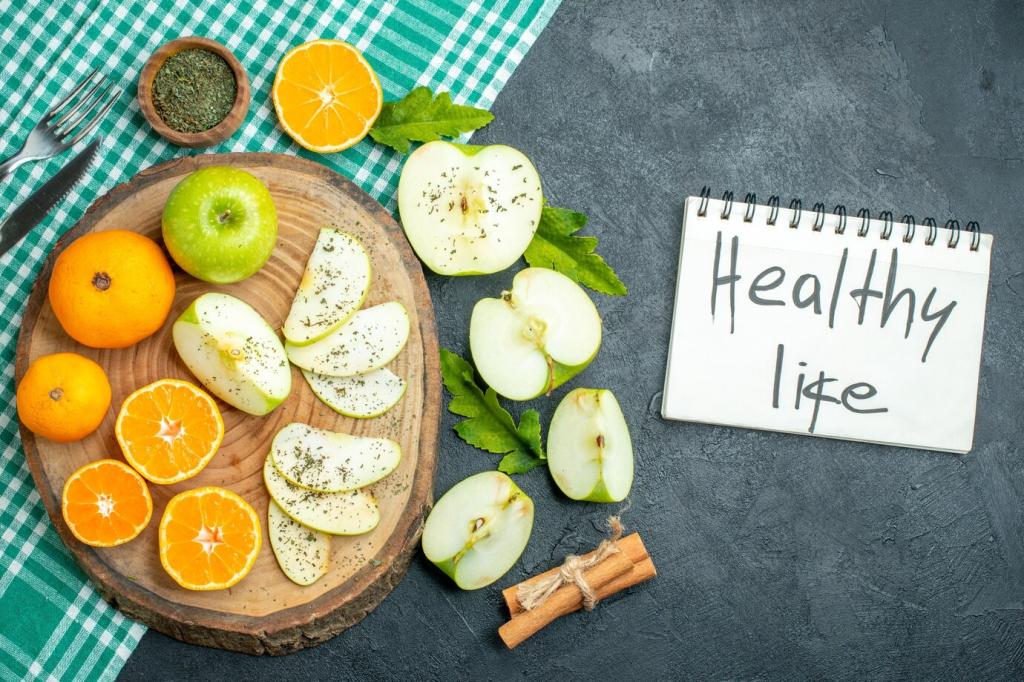Design a Calm Plate and Environment
Clear the counter, set one plate, add a cloth napkin. Visual simplicity reduces cognitive load, making it easier to chew slowly, notice satisfaction, and keep stress from hijacking your meal.
Design a Calm Plate and Environment
Vibrant vegetables, contrasting textures, and a comfortable chair encourage presence. Pair your meal with soft music or quiet. Let rhythm replace rush and watch your nervous system exhale with relief.











